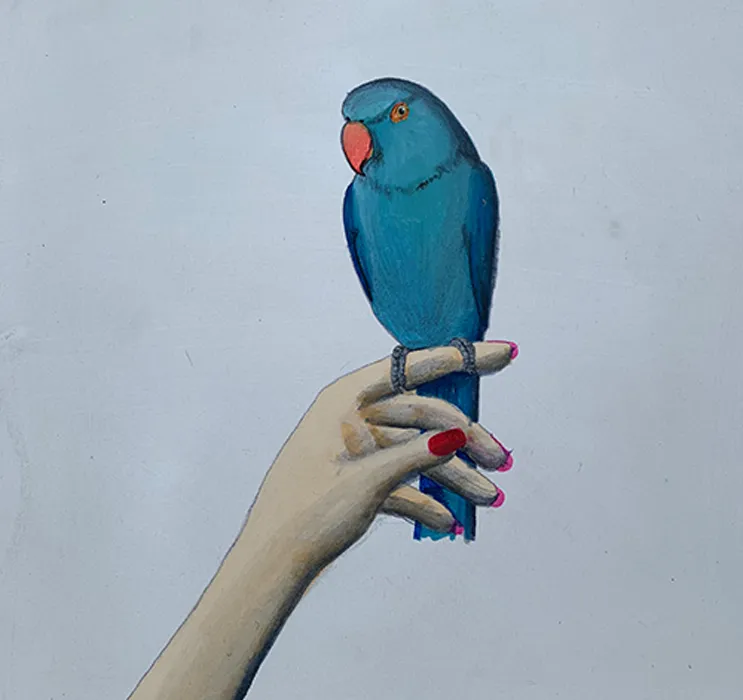Top 10 Questions
A rehabilitation plan may involve daily, weekly, or monthly sessions. We customize these sessions based on your pet’s needs. These sessions may include massage, acupuncture, exercises for strength and balance, LASER, and/or ASSISI Loop technology.
While the use of a swimming pool or an underwater treadmill can be beneficial, it is not essential for effective rehabilitation. As a mobile practice, STRUT does not offer hydrotherapy. Instead, our team develops a personalized program using canine-specific exercises tailored to your dog’s needs. These exercises are designed to target specific muscle groups, with intensity and frequency gradually increased to build strength and support recovery.
As a huge cat lady, Dr. Fishman was introduced to this field when she witnessed a group of cats fall asleep during acupuncture while Vice President of the feline club during vet school. Through the large amount of cats Dr. Fishman has treated with acupuncture, almost all settle into the pain relieving experience and enjoy the treatment. To ensure the treatment is positive and comfortable for your cat, we incorporate low-stress handling techniques and avoid forcing or restraining.
Yes! You are a huge part of your pet’s recovery. As part of the initial consultation, we will give you a custom exercise program targeted to your pet’s needs. You may need to learn basic pain-relieving techniques like massage and might be asked to do the exercises at home.
While surgery may be ideal, not all dogs are suitable candidates. A recent study from the Colorado State College of Veterinary Medicine showed that non-surgical options to address CCL tears can be successful. The key component is regular, consistent physical rehabilitation to manage pain and inflammation and to build muscle and mobility. The non-surgical route may mean longer recovery time, but committed pet parents have made canine rehabilitation therapy increasingly popular among dog owners. Note that some dogs will require knee braces to promote proper limb use.
Absolutely. Home visits are ideal for animals who have trouble with travel. It also allows the team to evaluate your pet’s mobility challenges in their living space. Home visits also help us identify where you can make improvements for your pet’s well-being and personalize the program by focusing on increased functional mobility in your home.
Dr. Fishman may also make recommendations to adjust your pet’s living space to allow for the highest quality of life.
Therapy benefits pets of all ages! STRUT works with injured puppies and kittens, pets with congenital deformities, and pets with conditions like dysplasia. Starting early helps them live their best possible life.
ASAP! Early education and treatment is essential to help your pet avoid muscle loss and improve healing. We believe in providing a standard of care and service that rivals and surpasses what is available to humans.
Dr. Fishman has extensive experience working with dogs that have severely impaired rear limbs, helping them achieve improved function and movement. While they may not return to a completely normal gait, the goal is to enable them to walk without falling or dragging their legs. We can assist you in selecting the most suitable mobility aids, such as doggie carts or wheelchairs, to enhance your dog's quality of life.
Absolutely not! We treat birds, cats, and bunnies with mobility issues, too!
Why Does My Pet Need Rehab?
Just like you need physical therapy for orthopedic and neurological conditions, pets need rehabilitation for wellness, too. Rehabilitation with a veterinarian will help your pet with different conditions.




